Intro
Boost efficiency with 5 ways stock turn strategies, optimizing inventory management, reducing excess stock, and improving supply chain logistics, to increase turnover rates and maximize business profitability.
The concept of stock turn, also known as inventory turnover, is a crucial metric for businesses to evaluate their efficiency in managing inventory. It measures how often a company sells and replaces its inventory within a given period. A high stock turn indicates that a company is selling its products quickly, which can lead to higher revenue and lower storage costs. On the other hand, a low stock turn may suggest that a company is holding onto inventory for too long, resulting in increased storage costs and potential waste. In this article, we will delve into the importance of stock turn and explore five ways to improve it.
Effective inventory management is vital for businesses to remain competitive in today's fast-paced market. By optimizing stock turn, companies can reduce costs, improve cash flow, and enhance customer satisfaction. A well-managed inventory system enables businesses to respond quickly to changes in demand, minimize stockouts, and avoid overstocking. Moreover, a high stock turn can indicate a company's ability to adapt to changing market conditions, which is essential for long-term success.
In addition to its financial benefits, improving stock turn can also have a positive impact on a company's operational efficiency. By streamlining inventory management processes, businesses can reduce waste, improve product quality, and enhance supply chain visibility. Furthermore, a high stock turn can lead to increased customer satisfaction, as companies are better equipped to meet demand and provide timely deliveries. As we will discuss in the following sections, there are several strategies that businesses can implement to improve their stock turn and achieve these benefits.
Understanding Stock Turn
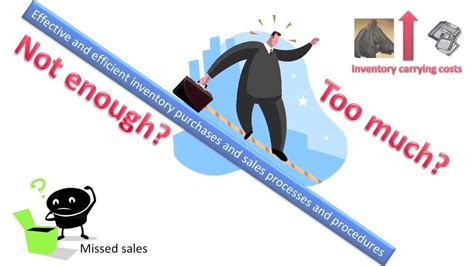
Calculating Stock Turn
Calculating stock turn involves dividing the cost of goods sold by the average inventory value. The formula for stock turn is: Cost of Goods Sold / Average Inventory Value = Stock Turn For example, if a company has a cost of goods sold of $100,000 and an average inventory value of $20,000, its stock turn would be 5. This means that the company sells and replaces its inventory five times within a given period.5 Ways to Improve Stock Turn

- Implement a Just-in-Time (JIT) Inventory System: A JIT inventory system involves ordering and receiving inventory just in time to meet customer demand. This approach reduces the need for storage space and minimizes the risk of inventory becoming obsolete.
- Use Data Analytics to Forecast Demand: Data analytics can help businesses forecast demand and adjust their inventory levels accordingly. By analyzing historical sales data, seasonality, and market trends, companies can make informed decisions about inventory management.
- Optimize Inventory Classification: Inventory classification involves categorizing inventory into different types based on their value, demand, and shelf life. By optimizing inventory classification, businesses can prioritize high-value items and reduce storage costs.
- Implement a Vendor-Managed Inventory (VMI) System: A VMI system involves partnering with suppliers to manage inventory levels. This approach enables businesses to reduce inventory costs and improve supply chain visibility.
- Use Inventory Management Software: Inventory management software can help businesses streamline inventory management processes, track inventory levels, and optimize stock turn. By automating inventory management tasks, companies can reduce errors and improve operational efficiency.
Benefits of Improving Stock Turn
Improving stock turn can have numerous benefits for businesses, including: * Reduced inventory costs * Improved cash flow * Enhanced customer satisfaction * Increased operational efficiency * Better supply chain visibilityBest Practices for Inventory Management
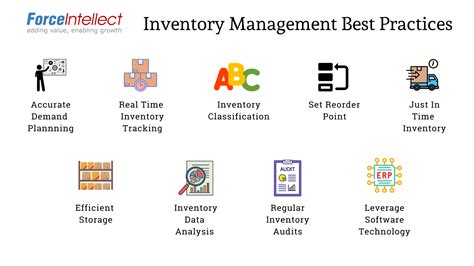
Common Mistakes to Avoid
When implementing inventory management strategies, there are several common mistakes that businesses should avoid. These include: * Overstocking or understocking inventory * Failing to conduct regular inventory audits * Not providing adequate training to employees on inventory management procedures * Not continuously monitoring and evaluating inventory management processes * Not using data analytics to forecast demand and adjust inventory levels accordinglyConclusion and Future Directions

Final Thoughts
In final thoughts, improving stock turn requires a combination of strategies that focus on optimizing inventory management, enhancing operational efficiency, and responding to changing market conditions. By implementing the strategies and best practices mentioned in this article, businesses can improve their stock turn, reduce costs, and enhance customer satisfaction. As the importance of inventory management continues to grow, it is essential for companies to prioritize stock turn and make informed decisions about their inventory management processes.Stock Turn Image Gallery



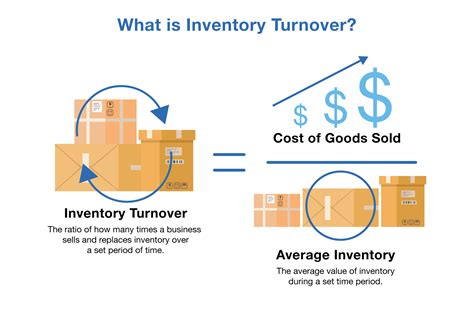
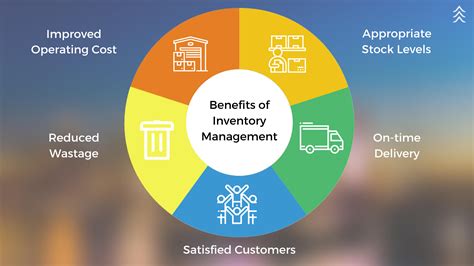

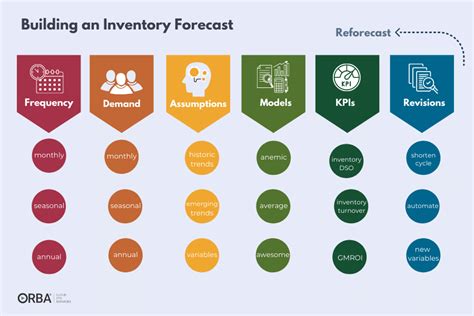
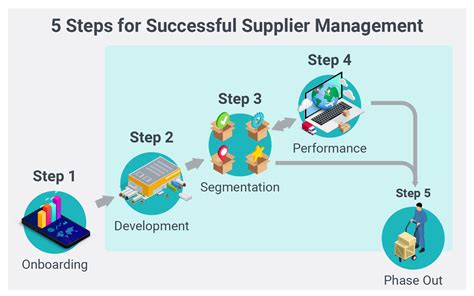


What is stock turn?
+Stock turn, also known as inventory turnover, is a metric that measures how often a company sells and replaces its inventory within a given period.
Why is stock turn important?
+Stock turn is important because it indicates a company's ability to sell and replace its inventory, which is critical for maintaining a healthy cash flow and reducing inventory costs.
How can I improve my stock turn?
+You can improve your stock turn by implementing effective inventory management strategies, such as just-in-time inventory systems, data analytics, and inventory classification.
What are the benefits of improving stock turn?
+The benefits of improving stock turn include reduced inventory costs, improved cash flow, enhanced customer satisfaction, and increased operational efficiency.
How can I calculate my stock turn?
+You can calculate your stock turn by dividing the cost of goods sold by the average inventory value.
We hope this article has provided you with valuable insights into the importance of stock turn and how to improve it. By implementing effective inventory management strategies and following best practices, you can reduce costs, improve cash flow, and enhance customer satisfaction. Share your thoughts and experiences with us in the comments below, and don't forget to share this article with your friends and colleagues who may benefit from it.
